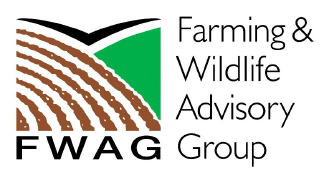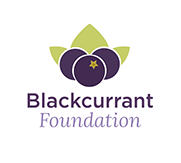OUR GROWING HISTORY
We are very proud of our heritage. Many of us have grown blackcurrants for generations and have seen the crop picked by hand and many of us are now embracing new technologies that will protect this land for generations to come. All of us have a passion for blackcurrants and the artistry that comes from nurturing this magical berry with each season that passes.
THE SCIENCE BIT
We work with some very clever folk at the James Hutton Institute who use some nifty science to cultivate varieties that will suit our great British weather, land and environment.
Located in Scotland it is an interesting fact that our blackcurrant varieties are named after its majestic mountains. A constant research programme means they are always creating new varieties so that our growers can produce better fruit that is better for us!
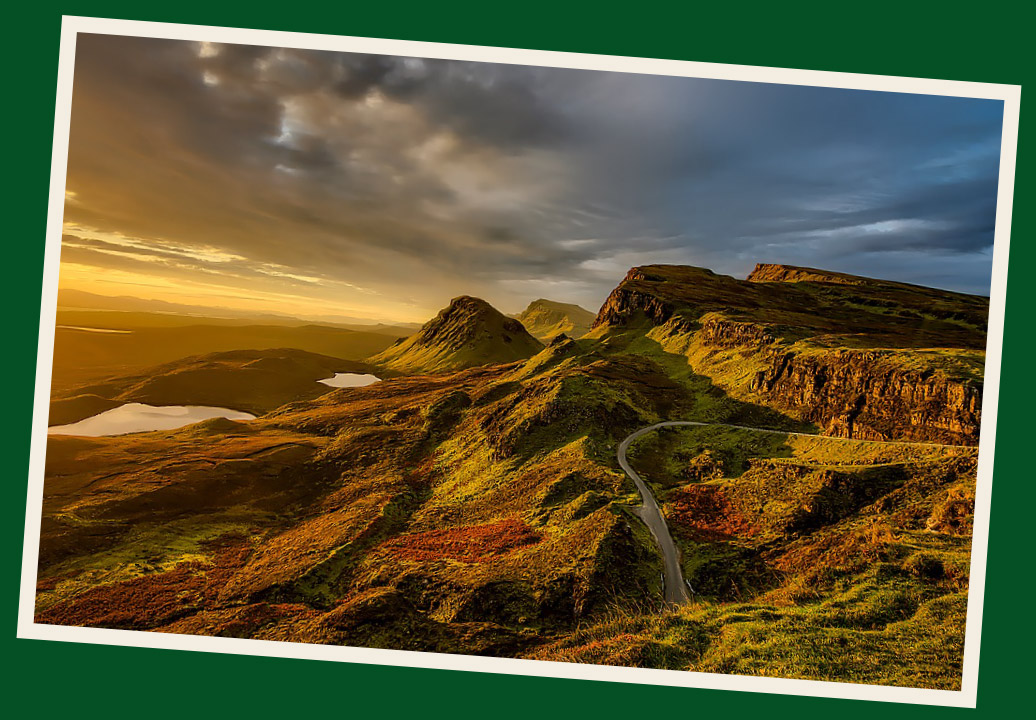
PLANTING TO PICKING
Planting begins in the early months of the year when our hardy little cuttings are planted by hand. It will be three years before our growers see fruit on these plants so they have to be very dedicated and patient.
As the warm spring weather arrives so does the green haze, this is when we see new growth on the plant’s woody frame. Whilst there is not much attention needed on the bushes themselves, our growers set to work in the field to encourage beneficial bugs, bees and birds to thrive.
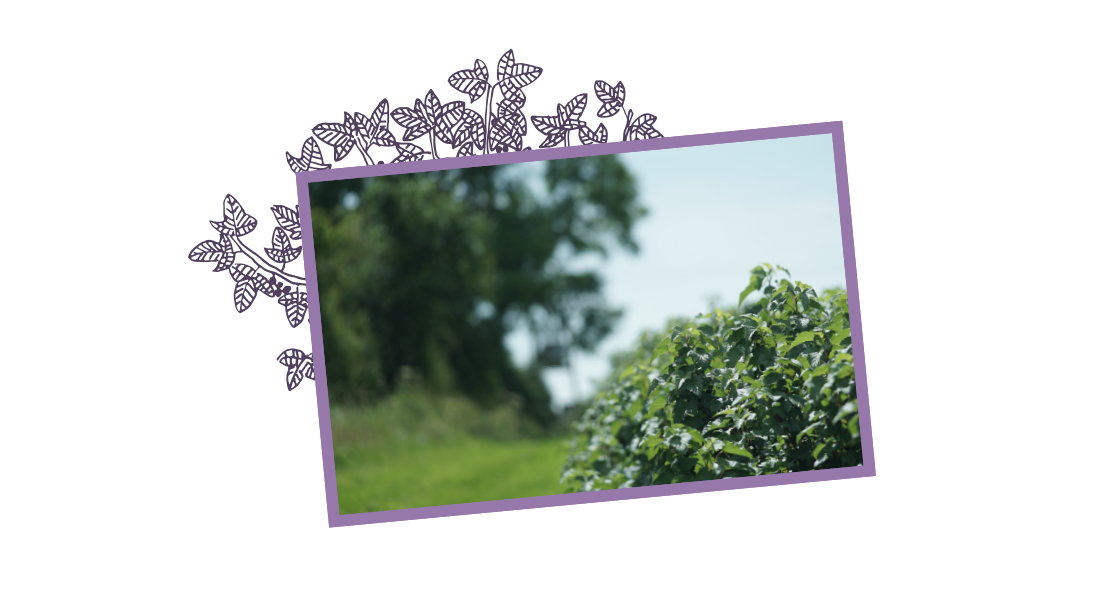
HEDGEROWS
The hedgerows provide a natural shelter for our crops, along with providing food, shelter and breeding sites for our wildlife. By trimming hedges no more than one year in every two (during January and February only) we ensure food remains available to support wildlife through the winter months.
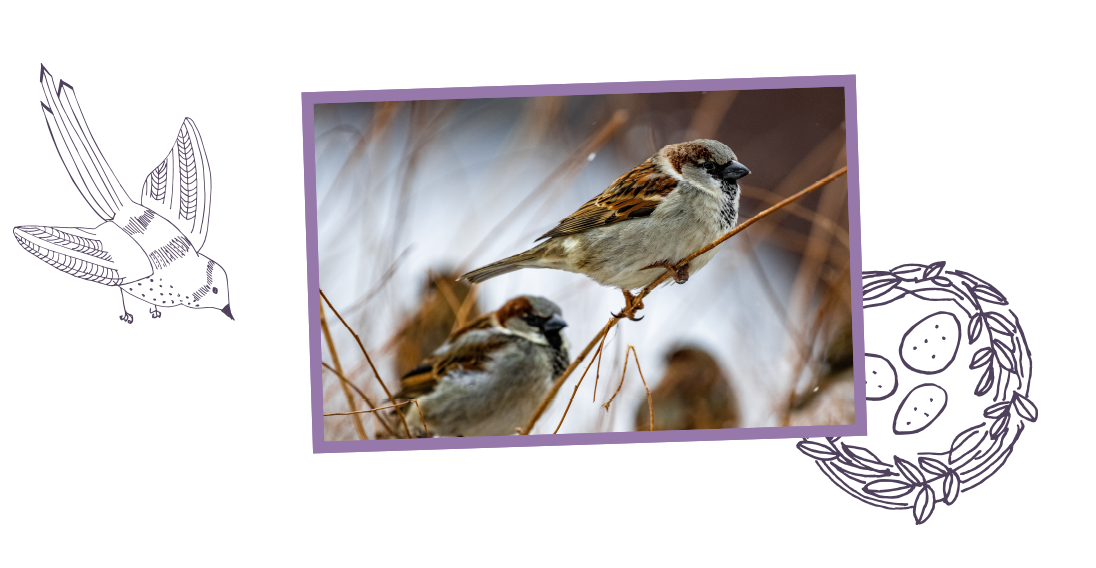
FEATHERED FRIENDS
Our farmers are avid bird watchers and we often report on the beautiful birds that visit our fields every day. By erecting nest boxes around the fields with an average of one box per hectare of blackcurrants, we can provide shelter and safety from egg predators, allowing our feathered friends to flourish.
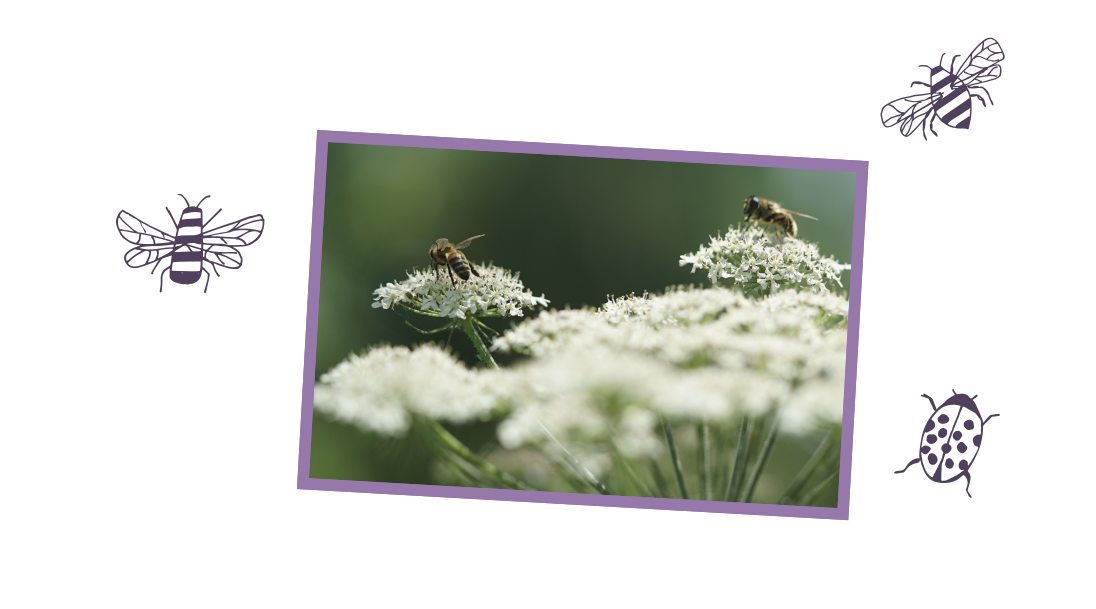
KEEPING IT WILD
Our growers do like a walk on the wild side. Whilst our fruit is busy growing we keep the grassland that runs alongside our bushes as wild as we can, so that means no mowing. This grassy blanket is an ideal habitat for our friendly bumble bees and is also a great refuge for brown hares and grey partridges.
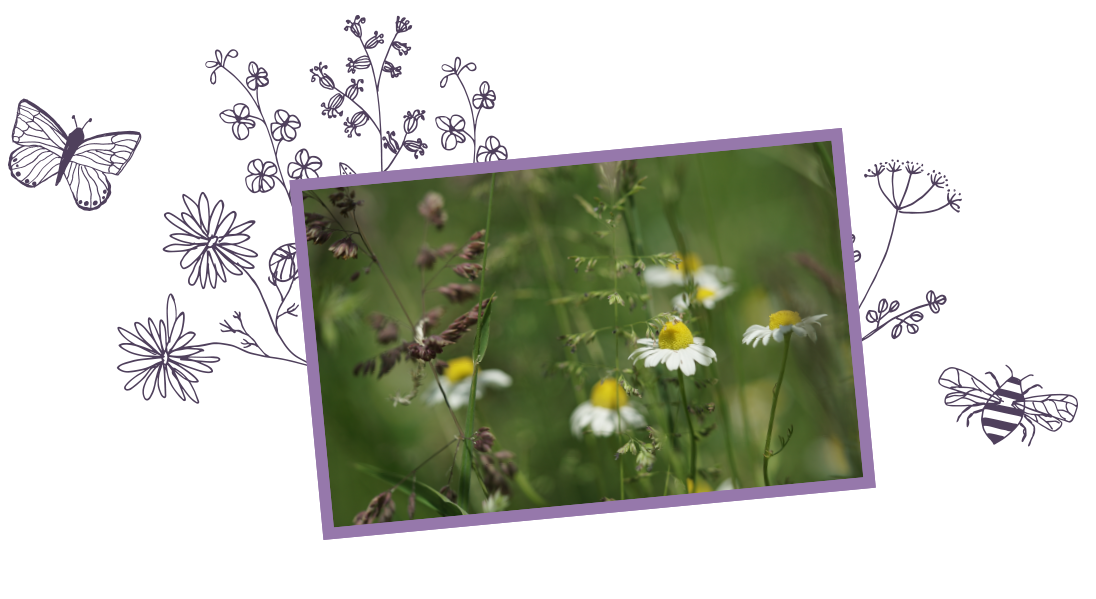
FLOWER POWER
As the long days of summer
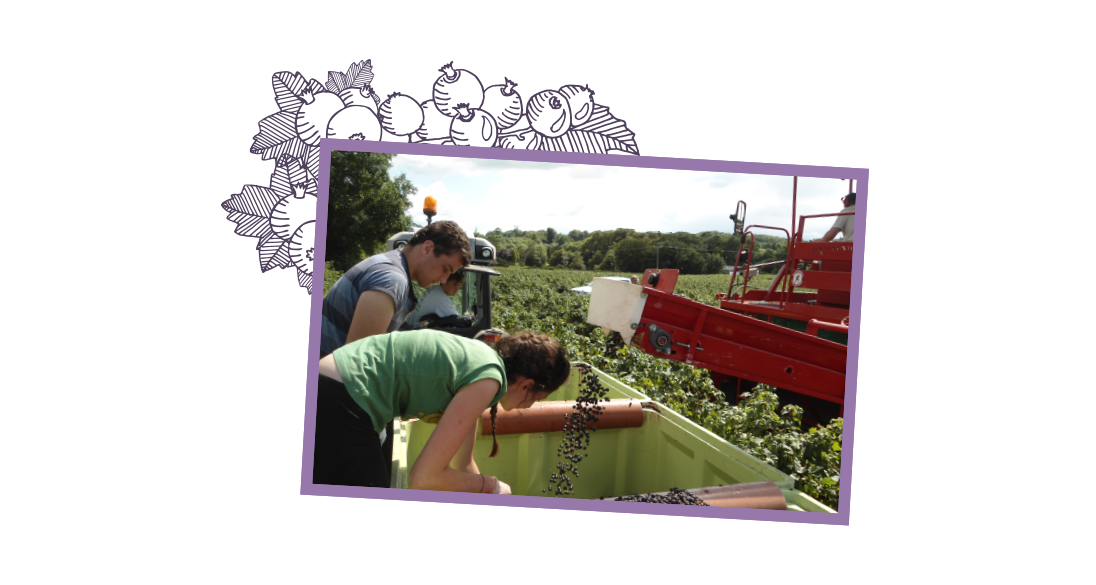
HARVEST
The great British blackcurrant harvest is short but of course sweet! Depending on the weather we usually begin harvesting in the South of the UK. Staggering our harvest means we have a steady supply throughout the season and that our berries reach their destination in
Over 90% of our blackcurrants are used by Ribena to create a taste that is famous throughout the world. Harvest time lasts until mid-August at which point our berries are a rich dark purple signifying the powerhouse of vitamins and antioxidants within that
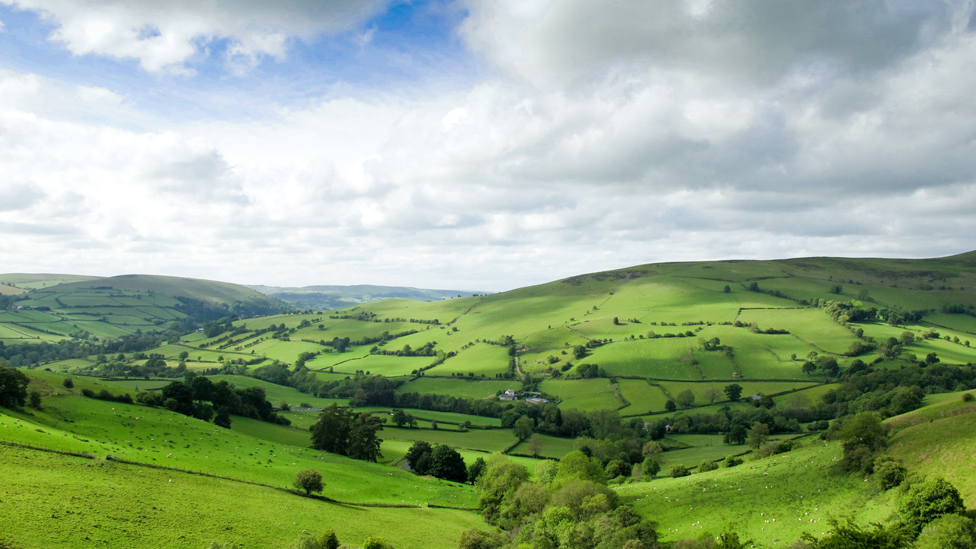
STarting life in wales
SEAL OF APPROVAL
Partnering with The Wildlife Trusts and the Farming & Wildlife Advisory Group Association (FWAG) helps our growers to produce blackcurrants in the most conscientious way possible.
The FWAG independently audit and advise on the Countryside Stewardship Scheme, ensuring it is as robust as possible. The scheme has seen vulnerable species protected, including bumble bees, water vole, yellow hammer and skylark birds. Three Blackcurrant Foundation farms have also recorded annual sightings for 12 years of the grey partridge bird – a “Red Listed” endangered species.
FWAG will be working in collaboration with Lucozade Ribena Suntory’s agronomist to offer support to each blackcurrant grower on how to improve their sustainability actions. This will involve an assessment of key environmental features and habitats on each farm, identification of rare and threatened species and an assessment of the wider farm environment including issues relating to soil and water.
